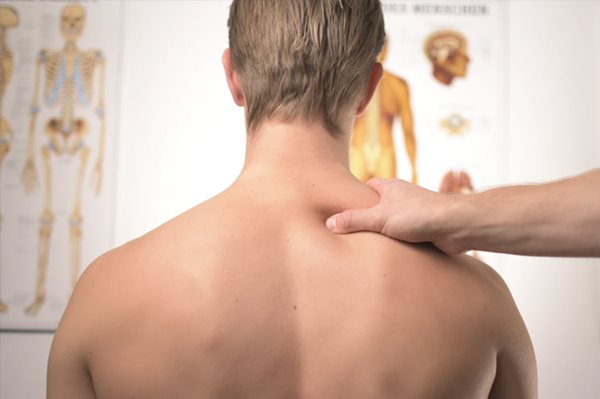
Every year, there are approximately 1000 new spinal cord injury (SCI) cases. Currently, more than 40,000 people in the UK live with this debilitating condition, which has no cure – a huge financial burden on the NHS. There are three main reasons why the spinal cord fails to regenerate:
- the adult mammalian central nervous system (CNS) has a limited capacity for regeneration
- cystic cavity formation at the lesion acts as a physical barrier for growing axons
- inhibitory signalling molecules attenuate/repulse growing neurons.
In a
century of spinal research, we have moved from an ‘ailment not to be treated’ approach to interventions that try to overcome these challenges.
Success stories
There have been a number of successful cases, both in
the lay media and in scientific literature, that highlight recent advances in SCI research. Probably the most famous success story is of a patient who received an
autologous nerve graft. He experienced both sensory and motor-function improvements, suggesting that treatment had bridged the gap at the SCI site. However, a major factor in the success of this treatment was that the patient had a specific transection SCI that produced a narrow, 8mm lesion gap. Most SCIs are from blunt trauma (contusion) and produce large lesions. These large lesions make cell transplant therapies extremely challenging and have limited success due to cell viability being affected by the injury’s hostile environment.
In a recent
clinical trial, patients with chronic SCI received targeted epidural electrical stimulation of the spinal cord. After 5 months of rehabilitation, the patients showed improved locomotor function during stimulation and regained some voluntary control without stimulation. This is a significant step towards improving current rehabilitation methodologies, and could make recovery faster and more feasible. However, selected patients were stratified at the lower end of
American Spinal Injury Association/International Spinal Cord Society neurological standard scale (AIS) and had higher predicted chances of independent walking (Table 1). While the trial results are impressive, patient stratification played a significant role in the outcome.
| Table 1. The predictive value of the AIS* grading system to discriminate between the ability to walk independently or not 1 year after injury. Adapted from van Middendorp et al. (2011). |
| AIS grade A |
8.3% (5.2–12.6) |
| AIS grade B |
39.4% (27.6–52.2) |
| AIS grade C |
61.8% (50.0–72.8) |
| AIS grade D |
97.3% (92.2–99.4) |
| *AIS=American Spinal Injury Association/International Spinal Cord Society neurological standard scale. |
Pharmacological advances
There have also been improvements in the pharmacological treatments for SCI. A little more than 5 years ago,
intracellular sigma peptide (ISP), which binds protein tyrosine phosphatase σ (PTPσ), was identified as a promoter of SCI repair. PTPσ is a receptor for chondroitin sulphate proteoglycan (CSPG) side chains, which are responsible for growth cone collapse in the CSPG gradient. IPS caught much
positive media attention. During pre-clinical testing, ISP enabled axons to cross-inhibitory CSPG gradients in vitro. In rat SCI models, ISP achieved improvement in motor or bladder function. The researchers suggested these results were due to improved plasticity, as axons were able to overcome CSPG inhibition and establish new connections. Currently, ISP is projected to
start phase I clinical trials in mid-2020.
Likewise, another biologic –
anti-Nogo-A antibody ATI355 – is showing promise. Nogo-A is a highly potent inhibitor in the central nervous system, limiting neuron growth and plasticity. In rat and primate models, ATI355 was shown to increase neuron growth and functional recovery. A phase I clinical trial (NCT00406016) of acute-phase paraplegic and tetraplegic patients concluded that ATI355 is well-tolerated in humans, and the SCI status of 7/19 tetraplegic patients changed from complete to incomplete.
In the context of SCI Awareness Day this May, it may seem that we are approaching the end of the beginning. These stories of cell transplantation, neurotechnology, and pharmaceutical agents highlight both success and limitations. While all the advances are positive in their own right, they are in specific groups of patients and precision medicine is key.
Can any single strategy be a successful treatment for SCI?
The complex nature of SCI may seem too challenging for one strategy to achieve full functional recovery. Therefore, a
combinatorial approach of many strategies in the right sequence might be the most effective way to overcome the three main barriers to SCI repair. This leaves us with a new question: how should we test all the different combinations of these possible strategies?
More from Editorial
Comments
If you are a British Pharmacological Society member, please
sign in to post comments.